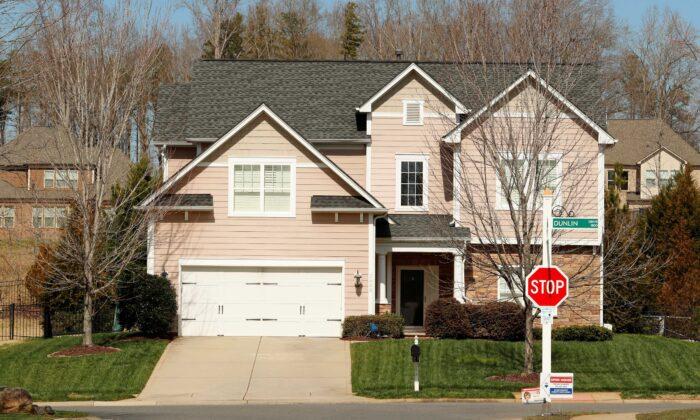WASHINGTON—U.S. home sales fell more than expected in November after five straight months of gains amid a shortage of properties and more expensive houses, but the housing market remains underpinned by record-low mortgage rates.
The National Association of Realtors said on Dec. 22 that existing home sales fell 2.5 percent to a seasonally adjusted annual rate of 6.69 million units last month. Economists polled by Reuters had forecast sales declining 1.0 percent to a rate of 6.70 million units in November.
Existing home sales, which account for the bulk of U.S. home sales, surged 25.8 percent on a year-on-year basis in November.
Sales fell in the South, Midwest, and Northeast. They were flat in the West.
The housing market has been the economy’s star performer, thanks to pent-up demand and historically low mortgage rates. The COVID-19 pandemic has left 21.8 percent of the labor force working from home. That has led to a migration from city centers to suburbs and other low-density areas as Americans seek out spacious accommodation for home offices and schools.
The coronavirus recession, which started in February, has disproportionately affected lower-wage earners.
The 30-year fixed mortgage rate is around an average of 2.67 percent, according to data from mortgage finance agency Freddie Mac. That is the lowest rate since the agency started tracking the data in 1971.
Housing supply has failed to keep up with demand, pushing home prices out of the reach of many first-time buyers, despite builders ramping up construction. The government reported last week that single-family homebuilding, the largest share of the housing market, increased in November to the highest level since April 2007.
In November, there were 1.28 million previously owned homes on the market, a record low and down 22 percent from a year ago. The median existing house price jumped 14.6 percent from a year ago to $310,800 in November. Sales were concentrated in the upper-price segment of the market.
Federal Reserve Chair Jerome Powell said last week though the U.S. central bank was monitoring house prices and those of other assets, “from a financial stability standpoint, housing prices are not of a level of concern right now.” Powell said the higher prices were “just reflective of a lot of demand.”
At November’s sales pace, it would take a record low 2.3 months to exhaust the current inventory. A six-to-seven-month supply is viewed as a healthy balance between supply and demand.






Friends Read Free